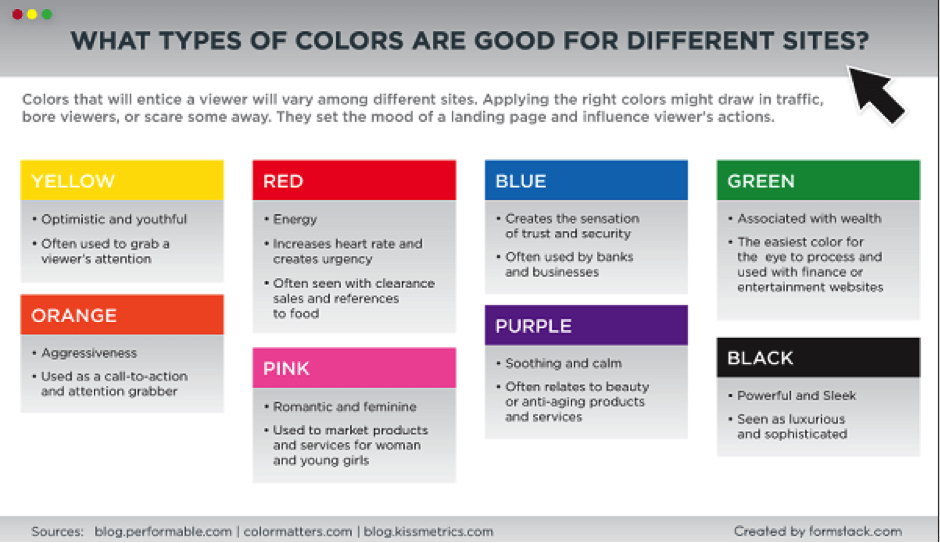 By Benedict Brychta
By Benedict Brychta
Marketers are in a new world. They have to spend time learning the most current technology; they worry about SEO; they analyze all of the research data, they search for new markets.
All of these things are important in today’s marketing world, but one thing has not changed: The psychology of marketing.
Purchases are 85 percent emotional and impulsive.
And those emotional and impulsive purchases are based on basic principles of psychology.
With all of the hype about content marketing strategies, marketers often forget these basic principles. Sometimes they are not even taught anymore.
The Psychology of Marketing: Nine Tools You Need to Use
- Give to Get. This is known as the reciprocity principle. When people are given something; when someone does something nice for them, they have a psychological need to repay that “gift.” Zappos does this really well. When a purchase is made, they automatically give, as a surprise, next day delivery for the same shipping price. The result: Brand awareness in its simple form.
- Use Color Psychology. Here is a chart that shows the emotional appeals of a variety of colors. Marketers need to use these colors to their advantage, dependent upon their customer persona.

- Promote Exclusivity. People want to feel that they are part of a special “club.” When you offer something for a short time only to the next 100 subscribers, you are more likely to get those subscribers.Figure out what you can offer—a great special pricing, a free trial, or access to a key eGuide.
- Emotional Appeals. ]People are emotionally stimulated by poignancy, positivity, shock, fear, and humor. A study by Wharton School of Business looked at the content that was most read and shared, and found that it appealed to these basic emotions. Much of the content tells stories that “connect” emotionally with readers. And headlines and first sentences that shock, amaze, bring a laugh, or intrigue really do work.
- Promote Urgency. Amazon does this all time. You look at a product and you are told immediately from each vendor how many are left. What do you do? You buy immediately, so you don’t lose out on the item at that great price. Our customers are no different. Create that sense of scarcity—a free trial or a special price that is a limited time offer.
- Foot-in-the-Door. Once your foot is in the door, it is so much easier to convert a target into a customer. Offering a free trial is the most common and the best way to do it. And if you can add some other appeals with it, all the better. First is the emotional fear of chaos—no one wants that. Now, you offer a free trial, which gets the foot-in-the-door. And beyond that, tell the reader how many companies have signed up in the past week. All of these tactics appeal to target customers.
- Give a Minimum of Options. There have been some interesting studies done on this. One was in a supermarket. When shoppers were offered 24 different samples of jams, they sampled some, and bought some. When only six samples were offered, 20 percent more samplers made a purchase. So, understand the psychology of confusion. Offer fewer options, and sales will be greater.
- Bandwagon. Today, this is called “creating a tribe.” In psychology it is known as “social identity theory.” Everyone wants to belong to a group. Make your customers a great group. Extol their intelligence and how much fun they have. Feature them in your content.
- Educate Yourself. This is not a marketing tool. It is just some solid advice for you. There is a lot to learn about the psychology of marketing and about the new neuroscience that speaks to what stimulates certain parts of the brain that control emotions. If you are feeling less educated than other marketers, you don’t have to go back to school. There are online self-education webinars and courses that will keep you current on the latest psychological marketing strategies that are building customer bases successfully. Take one or two and get on top.
Human nature has not changed.
Our understanding of it, however, is continually evolving as we learn.
Today’s marketers need to both understand the long-standing psychological principles that affect reader engagement and the newer tactics that allow you to use those principles more effectively.
Sales is about emotion. Always remember that.
image credit: shutterstock